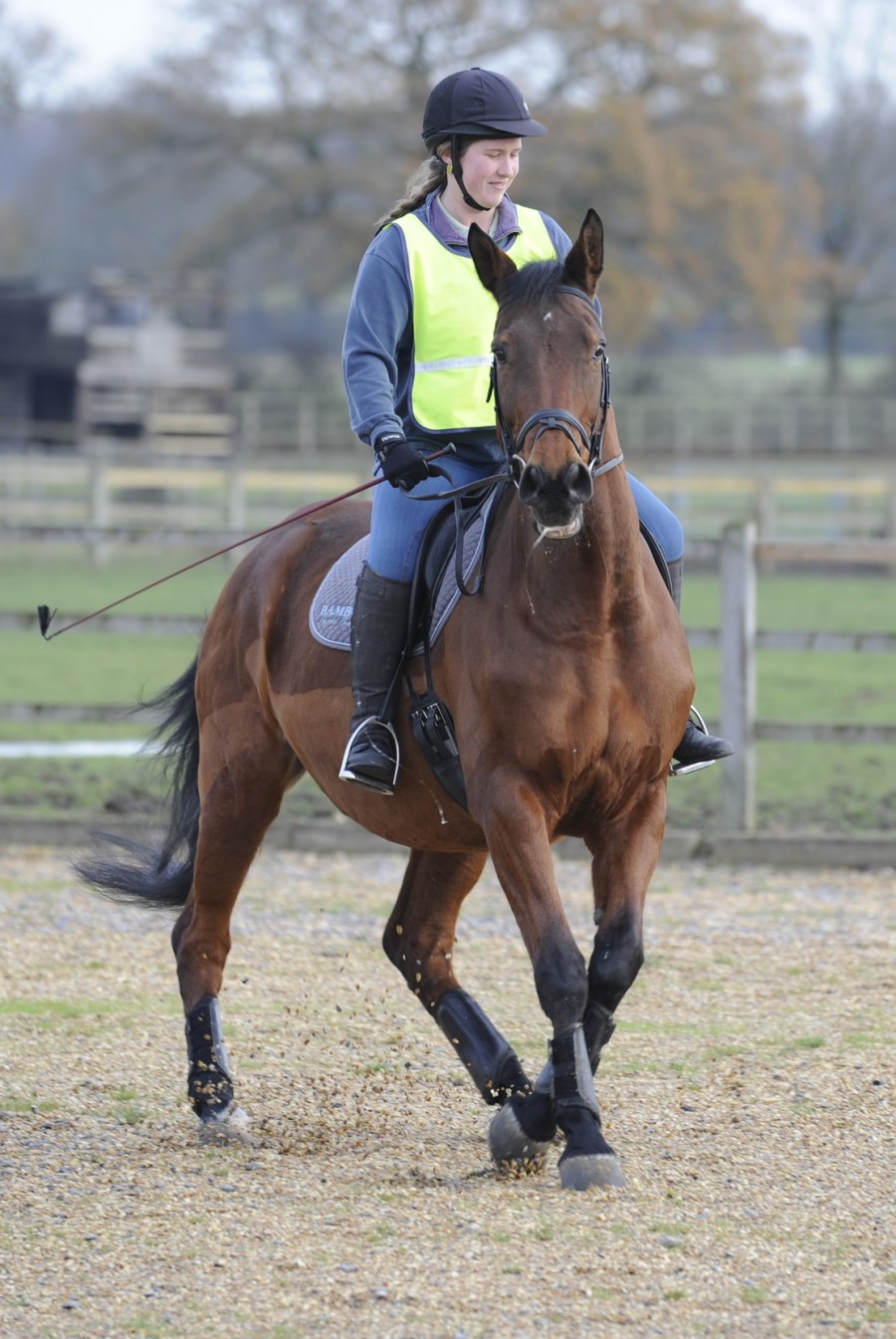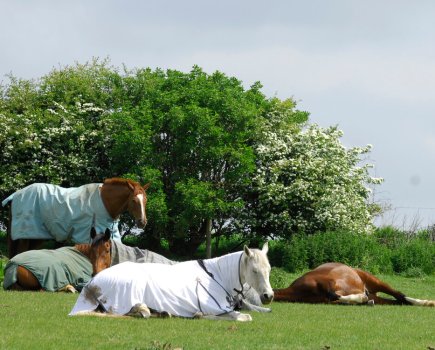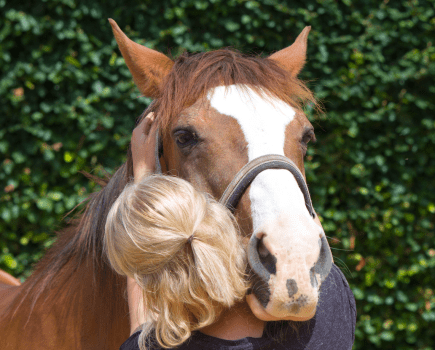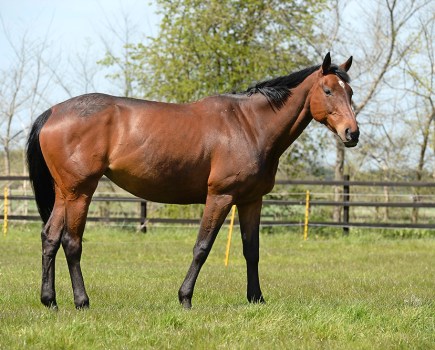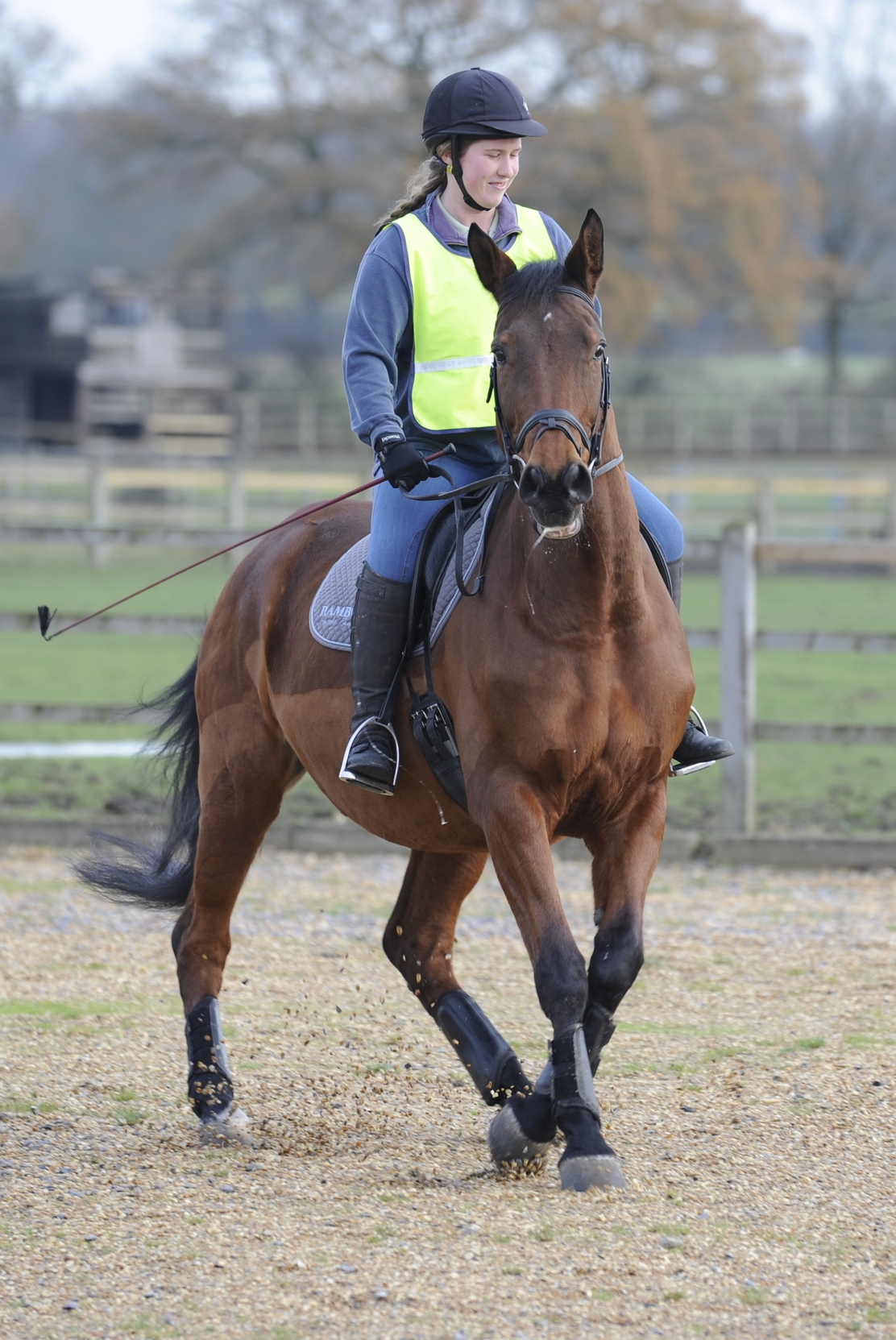 To dispel the myths surrounding how to deal with napping equine behaviourist Michael Peace offers some effective solutions on tackling the problem.
To dispel the myths surrounding how to deal with napping equine behaviourist Michael Peace offers some effective solutions on tackling the problem.
What is napping?
Napping is basically what happens when a horse decides to stop, even though you’re asking him to go forward. It’s usually as a result of fear about what’s ahead and is especially prominent in young horses.
If you allow your horse to continue to nap it’ll become an established behaviour, and the original cause of the fear becomes secondary to him just wanting to stop out of habit. Over time he’ll continue to nap without even thinking about why he’s doing it, it almost becomes second nature.
To solve his nappy behaviour, you need to help your horse learn and develop so the process of thinking of a way round an obstacle becomes second nature to him. There’s also plenty you can do, so here are four techniques you can use to stop your horse from planting his feet and refusing to move.
1. Tackle his tension
Napping starts somewhere in your horse’s body. It may be in his shoulders, quarters, mouth or elsewhere and you’ll be able to feel which area of your horse is affected as he’ll tighten up in that specific area just before he naps. You’ll then need to mobilise this part to make sure he doesn’t stop. Catch it early enough and your horse will keep moving.
There’s a fine line between over-correcting and under-correcting, so you need just the right amount of pressure to make sure your horse understands what’s being asked of him and he needs to know that you’re still there. Focus on that small area of tension and on what’s going wrong – for example if your horse is tight in his right quarters, use your right leg to push him on, or if he’s tight in his left shoulder, use your left hand on the rein to loosen him up. Most napping comes from the front end of the horse, however more experienced nappers will use their back end.
The same solution applies when a horse is active and whips his front end round to avoid a situation, and here you’d need to use your hands and not your legs.
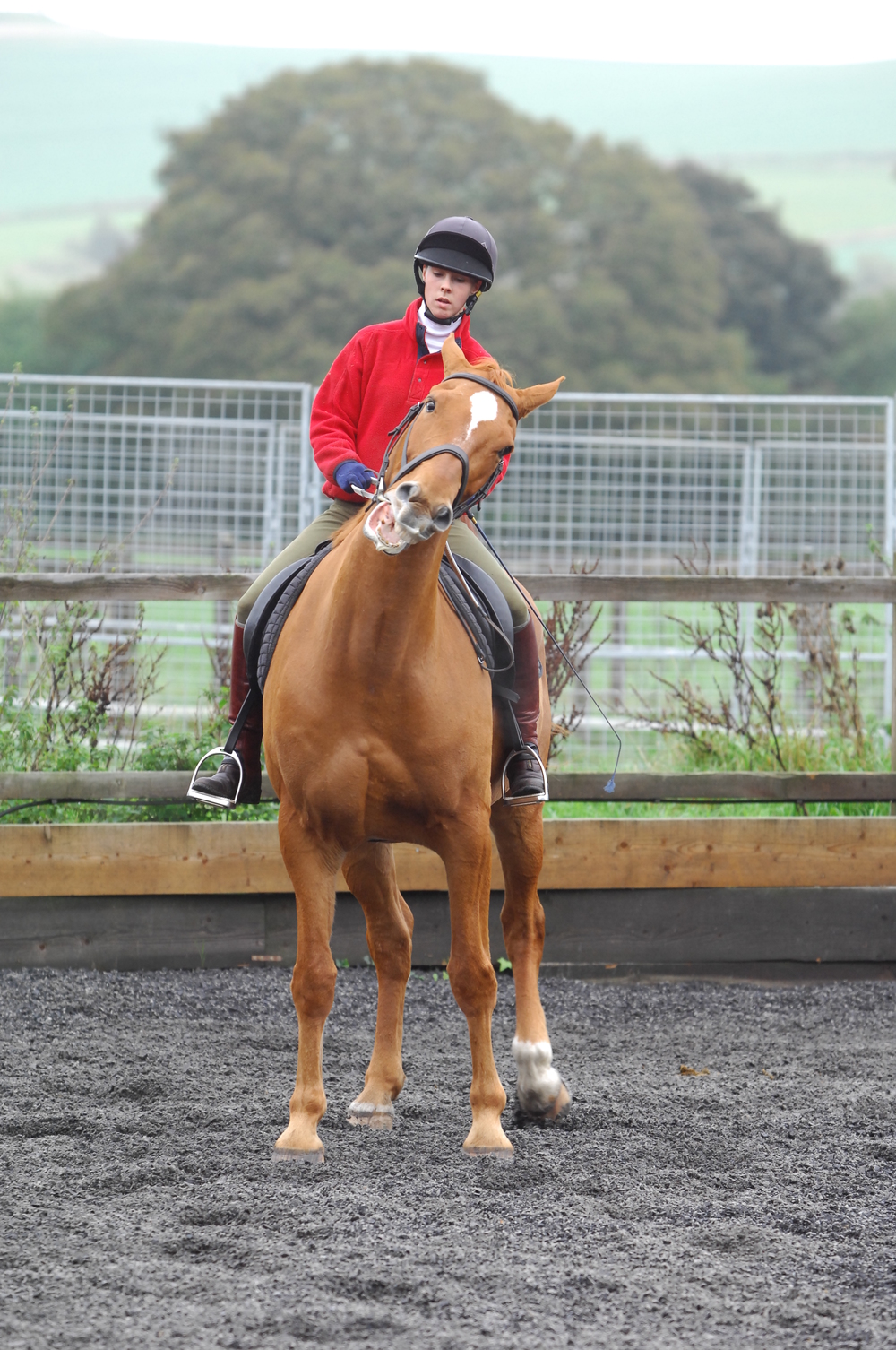 2. Get off and lead
2. Get off and lead
If your horse stops and won’t walk on even though you’ve tried everything you can think of, it’s ok to get off and lead him. There’s a misconception that if you get off your horse you’re conceding, but this simply isn’t the case – 99% of horses nap because they’re afraid of something. Getting off and leading him past an object will help him understand that it’s nothing to be afraid of while also boosting your bond with him. Leading from the front and allowing your horse to follow will help him gain trust in you.
3. Teach him lateral work
Lateral work helps to teach your horse to listen to you and also improves his suppleness. If you’ve not done lateral work with your horse before, start off in a safe environment such as an arena. Being able to stop, back up and control your horse so you can place him anywhere on the track that you want him, are all key to making sure he’s listening to you and will react if you ask him to do something.
When you’re working with your horse, there should be no forced movement, you just need to be able to correct the stiffness that you sense in your horse and get him to the stage where he’s pliable. Lateral work will correct your horse in other situations when it becomes necessary, such as out on a hack if your horse won’t go past an object. You may know the object won’t cause any harm, however your horse may jump to the side to get away from it, into oncoming traffic. By having lateral groundwork already in place, you can ask your horse to move in a certain direction where he’ll not put himself or you in any danger.
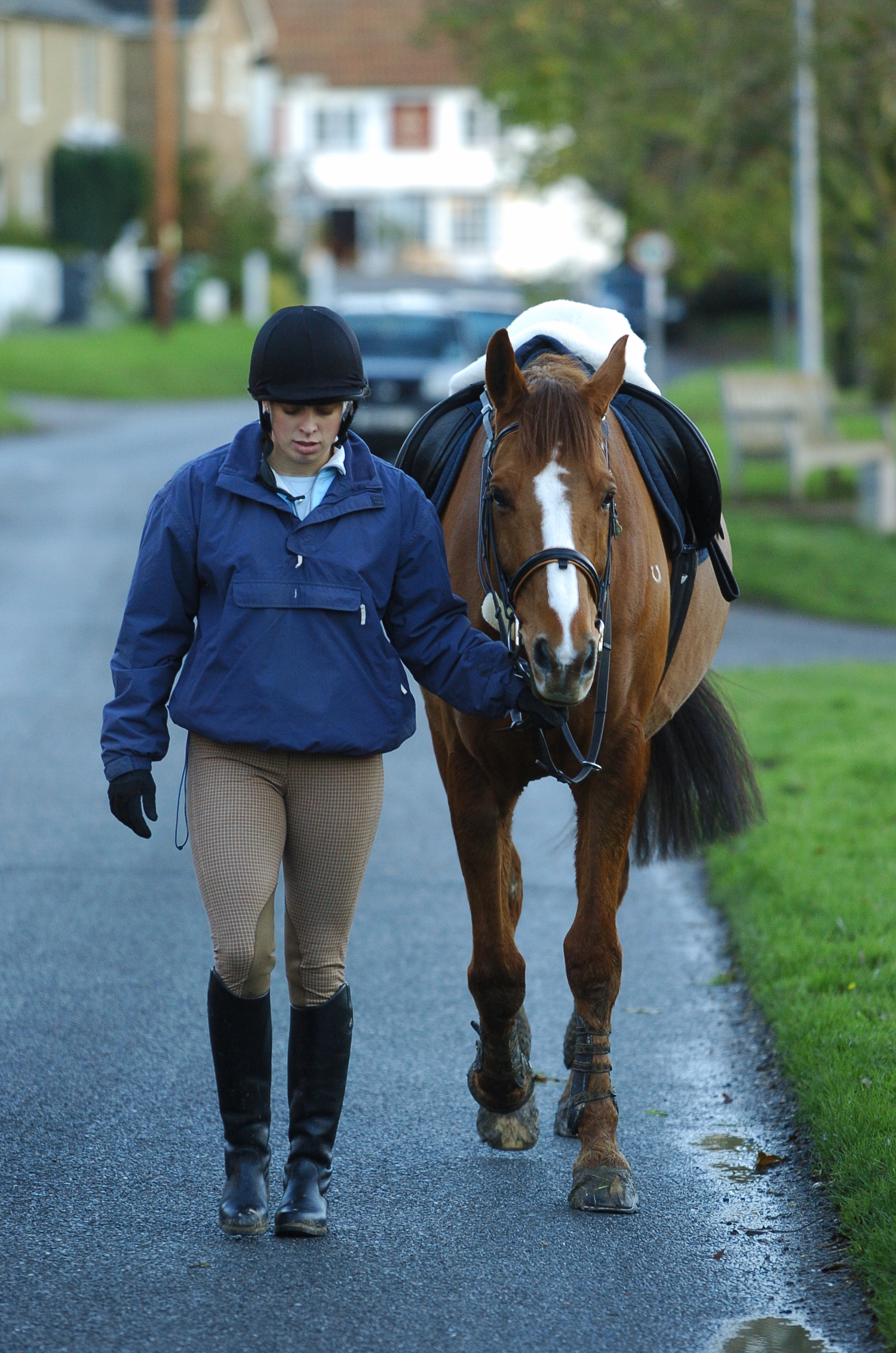 4. Don’t forget to praise him
4. Don’t forget to praise him
Give your horse a pat. This seems simple enough but can be so effective in making sure he remembers that you’re there for him. Giving your horse a pat also interrupts his train of thought so he doesn’t have the opportunity to think about napping. Your horse needs to feel safe and if he’s napping, he’s probably frightened of something. By giving him a pat you’re telling him that everything’s ok and also reminding him he needs to stop and listen to you.
When faced with a napping horse some people freeze, allowing their horse the opportunity to build up tension. You need to be able to interrupt this process with a pat, bring your horse back to reality and remind him that you’re there for him. He should start to see you as a solution to the problem.
More about our expert
Michael Peace is a specialist horse trainer, who works with young and problem horses at all levels and from all equestrian disciplines. With many years’ experience working with problem horses all around the world, Michael has consolidated his unique talents and understanding into the Think Equus philosophy.

